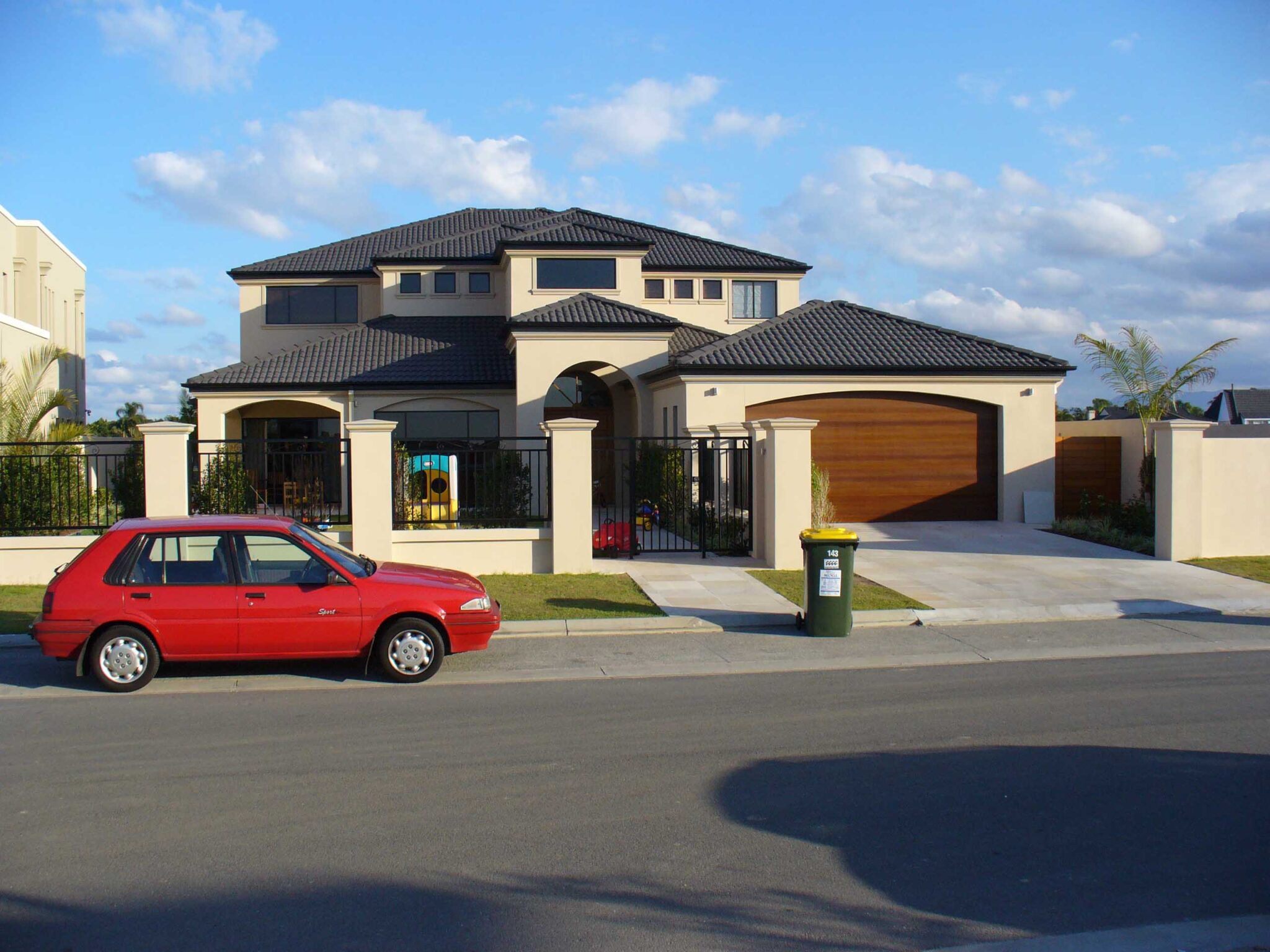
Northern Gold Coast is the fastest growing region in Queensland
The population boom in the northern Gold Coast suburbs continues, but the state MP for the area says he is struggling to find funding to keep up with growth.
MP Michael Crandon said the needs of the growing number of residents in his electorate far outstripped the allocated budget he had to act on their behalf, but any funding changes could be up to six years away.
“It’s the fastest growing region in Queensland, by far,” he said.
In the 2020 election, just under 46,000 people were enrolled to vote in the Coomera electorate.
“Just in that time, we’ve had an additional 3,000-plus voters move into the electorate with their children and all the things that come with that,” Mr Crandon said.
The electorate encompasses the northern Gold Coast suburbs of Coomera, Ormeau, Pimpama, Hope Island, Yatala and Jacobs Well.
Electoral commission figures show the Coomera electorate is 32 per cent above the average electorate size.
“Translate that into actual people living in the Coomera electorate, 84,000 people live here. That’s far and above the numbers in any other electorate in the state,” he said.
No sign of slowing down
Facilities are being built to keep up with the population change, including schools and a new police station which is set to open in Pimpama in the next month.
Daniel Keen from Investone Property Group said interest in his company’s Coomera housing development was “mind-blowing”.
“Interest has increased drastically over the past 12 months. Every release stage has sold out within three days,” he said.
He said interest was already skyrocketing for his next project, in Coomera Waters.
“I’ve already got 35 buyers interested and only about 12 available, so the interest there is mind-blowing.”
The Real Estate Institute of Queensland’s (REIQ) Gold Coast zone chair Andrew Henderson said affordability and convenience were two key drawcards to the area.
“In that northern corridor, you can still live on the Gold Coast and feel a lot closer to the median-price bracket for affordability,” he said.
“Technology has changed that, people don’t need to live in a CBD for work.
“It’s the best of both worlds. For someone who wants to get to Brisbane for work, they can jump on the M1. They can have work or play pretty much on the doorstep.”
Mr Henderson said he had also noticed a demographic shift in the people moving to the area.
“Historically, it was two groups of people: It was generally younger people and a lot of retirees, but what we’ve seen especially in the past 18 months is people of all age groups migrating to the Gold Coast,” he said.
Balancing an inadequate budget
Mr Crandon said as the area’s popularity grew, he has struggled to meet the needs of the new residents.
“All of the electorates around me are around the average (population),” he said.
“They’re getting roughly the same amount of funding as I’m getting, but they don’t need to service anywhere near the number of constituents.”
Mr Crandon has hired a part-time staff member to help with administration, but says he doesn’t have much left in the budget to be able to effectively communicate with people living in the area.
“We’re dealing with a lot more correspondence with our constituents on a one-on-one basis,” he said.
“I can’t afford to write to the constituents and tell them what’s happening in the community, which is something I used to do twice a year.”
The MP said under current legislation, any potential change would be six years away.
“It’s four years away from them to make any changes which means it’s after the 2024 election. We don’t actually get the division changed or the boundary changed until 2028,” he said.
Source: abc.net.au/news/